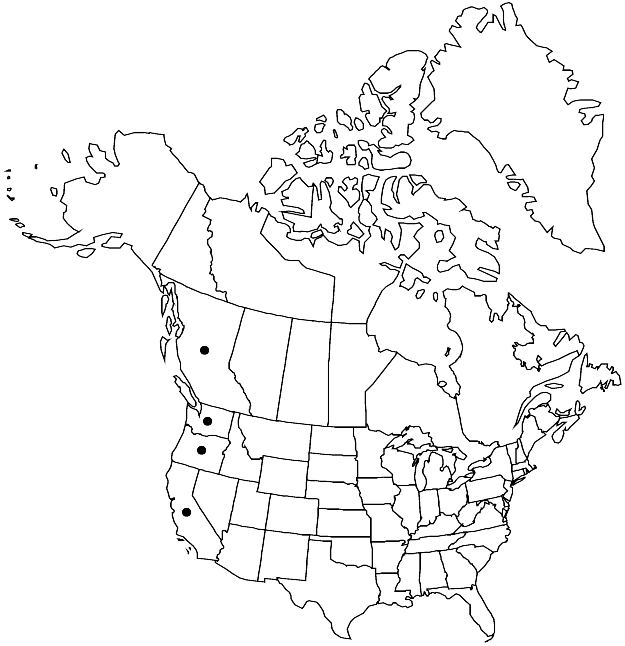Difference between revisions of "Scleropodium occidentale"
Bryologist 115: 224, fig. 1. 2012.
FNA>Volume Importer |
imported>Volume Importer |
||
| (3 intermediate revisions by 2 users not shown) | |||
| Line 35: | Line 35: | ||
-->{{#Taxon: | -->{{#Taxon: | ||
name=Scleropodium occidentale | name=Scleropodium occidentale | ||
| − | |||
|authority=B. E. Carter | |authority=B. E. Carter | ||
|rank=species | |rank=species | ||
| Line 49: | Line 48: | ||
|publication year=2012 | |publication year=2012 | ||
|special status=Endemic | |special status=Endemic | ||
| − | |source xml=https:// | + | |source xml=https://bitbucket.org/aafc-mbb/fna-data-curation/src/2e0870ddd59836b60bcf96646a41e87ea5a5943a/coarse_grained_fna_xml/V28/V28_729.xml |
|genus=Scleropodium | |genus=Scleropodium | ||
|species=Scleropodium occidentale | |species=Scleropodium occidentale | ||
Latest revision as of 22:37, 5 November 2020
Plants medium-sized to large, in moderately loose mats, green to golden green. Stems to 5 cm, leafy shoots 0.8–1.2 mm wide, branches julaceous. Stem leaves closely imbricate, ovate to ovate-lanceolate, 1–2 × 0.5–1.2 mm; margins often widely incurved distally, entire or with serrulations restricted to acumen; apex acute to rounded or cuspidate, occasionally acuminate; alar cells quadrate to short-rectangular, 9–12 × 10–13 µm, walls moderately thick, region small, indistinctly delimited; laminal cells 45–60 × 4–7 µm; basal juxtacostal cells elongate, 10–20 × 5–7 µm. Seta 0.9–1.6 cm, roughened throughout. Capsule inclined. Spores 15–19 µm.
Habitat: Sub aqua tic habitats
Elevation: low to high elevations (0-2000 m)
Distribution

B.C., Calif., Nev., Oreg., Wash.
Discussion
Scleropodium occidentale is morphologically and ecologically similar to S. obtusifolium; however, it differs in having a longer, more robust costa that ends in a spine, and in DNA markers. It also often has acute leaf apices unlike the rounded apex typical of S. obtusifolium. The branches are tumid and often arching.
Selected References
None.